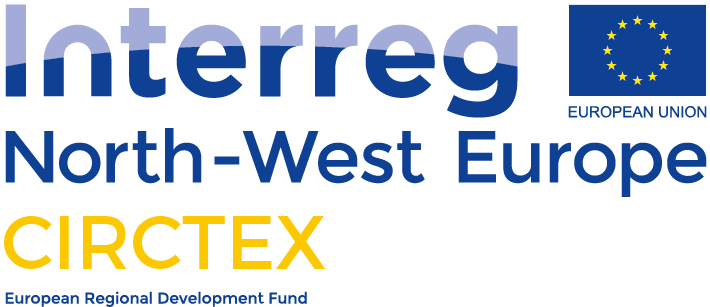Collection, sorting, and preprocessing limit the amount of textile waste made available to fiber-to-fiber recycling. Collection rates are currently 30 to 35 percent on average, and a large share of the unsorted gross waste is exported outside Europe. Furthermore, most fiber-to-fiber recycling technologies have strict input requirements for fiber composition and purity—for example, elastane is problematic for several of these technologies. Consequently, textile waste needs to be scanned and sorted according to the relevant input requirements. As another example, jeans must have their zippers and buttons removed—a problem that needs to be solved by preprocessing. Advanced, accurate, and automated fiber sorting and preprocessing are not yet developed. Finally, to reach their full potential, the fiber-to-fiber recycling technologies must further expand their ability to handle fiber blends, lower their costs, and improve their output quality—these bottlenecks prevent the circular textile economy from scaling. Our analysis indicates that by overcoming these barriers, fiber-to-fiber recycling could reach 18 to 26 percent of gross textile waste in 2030, as illustrated in Exhibit 1.
To reach this scale, we estimate that capital expenditure investments in the range of €6 billion to €7 billion would be needed by 2030. The entire value chain, including textile collection, sorting, and recycling, requires investments to reach scale. Our analysis indicates that this industry could—once it has matured and scaled—become a self-standing, profitable industry with a €1.5 billion to €2.2 billion profit pool by 2030. The textile recycling value chain could create a new, valuable raw material that enables more apparel production in Europe, which may lead to additional value creation above what is quantified in this report.
